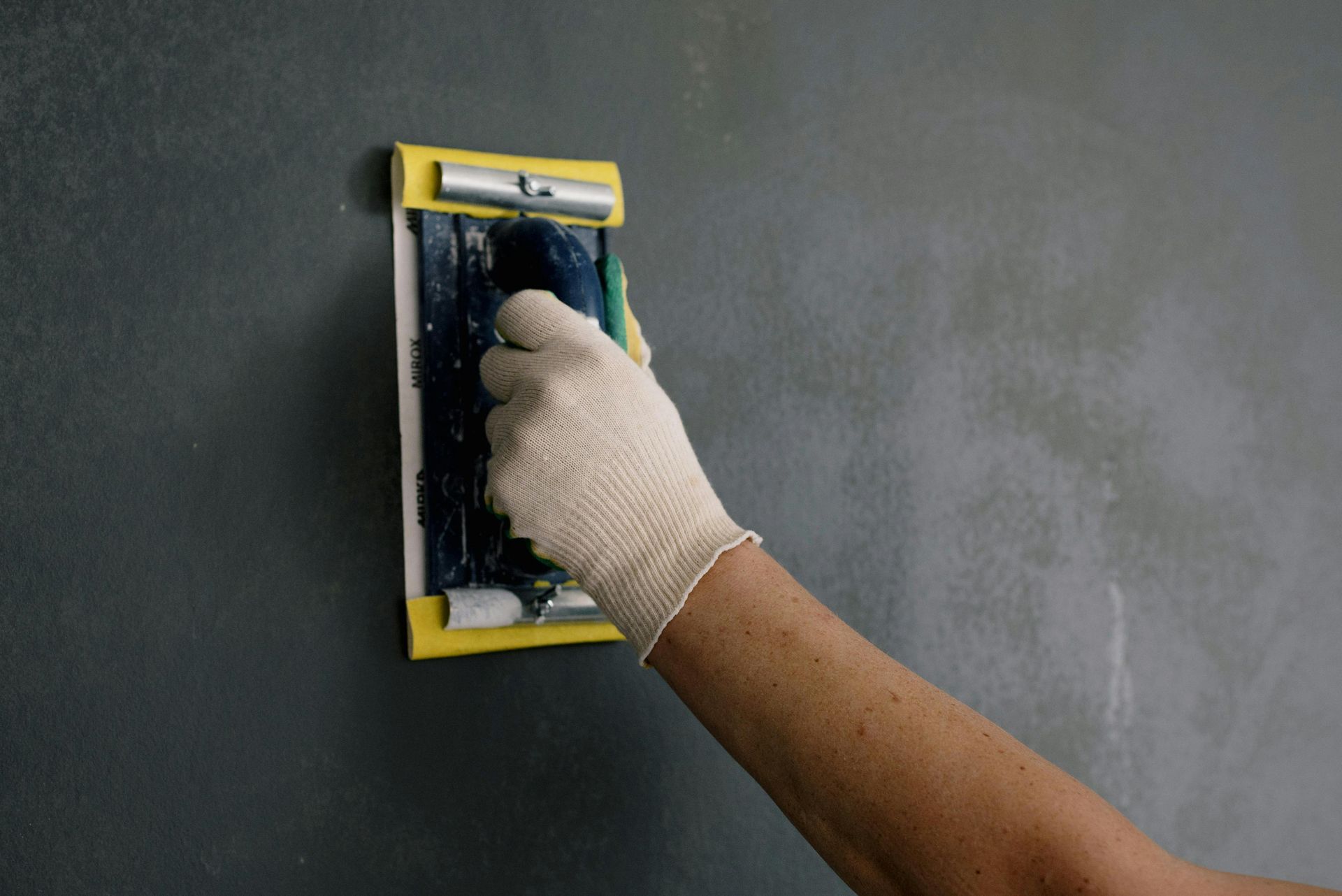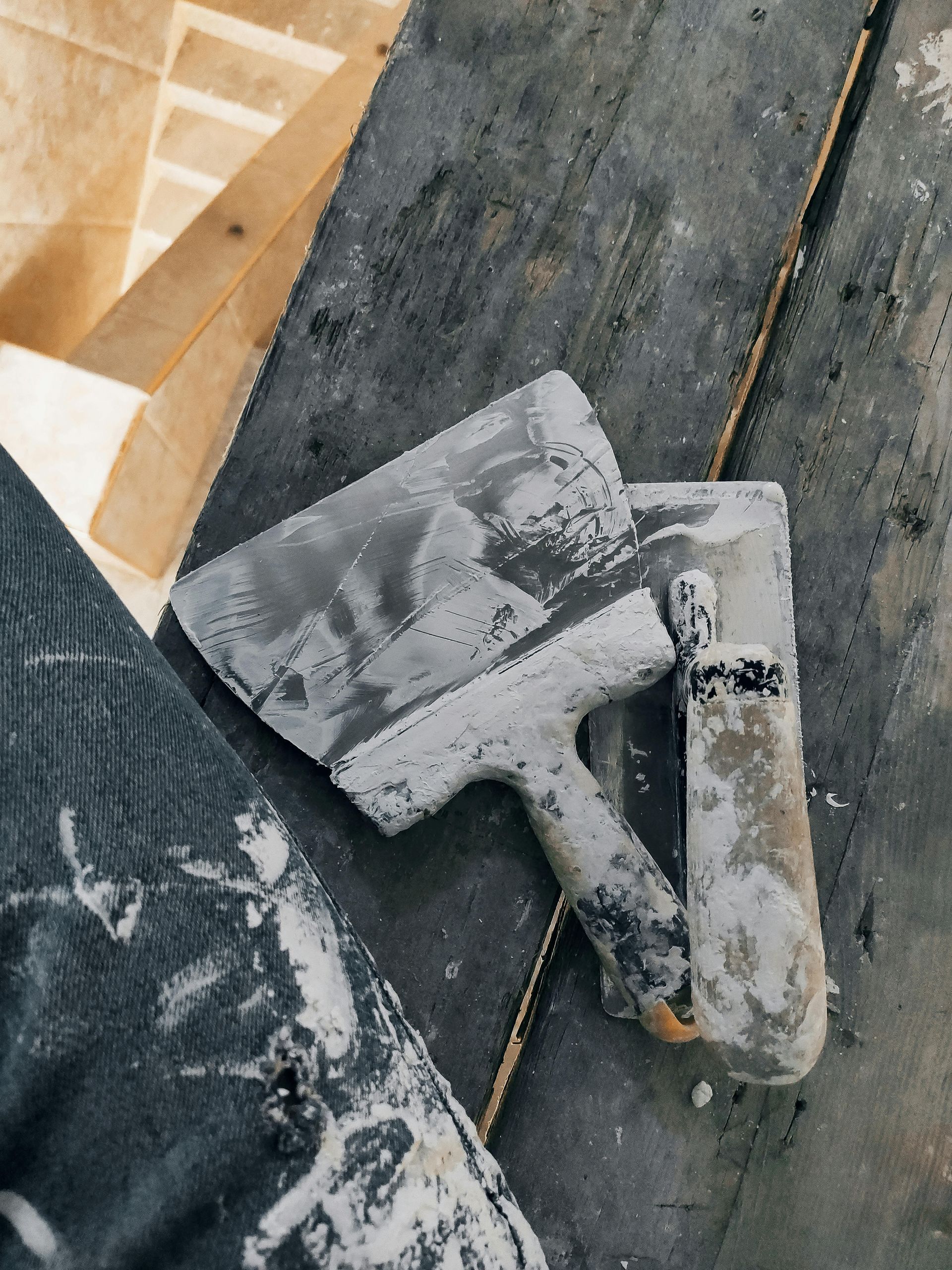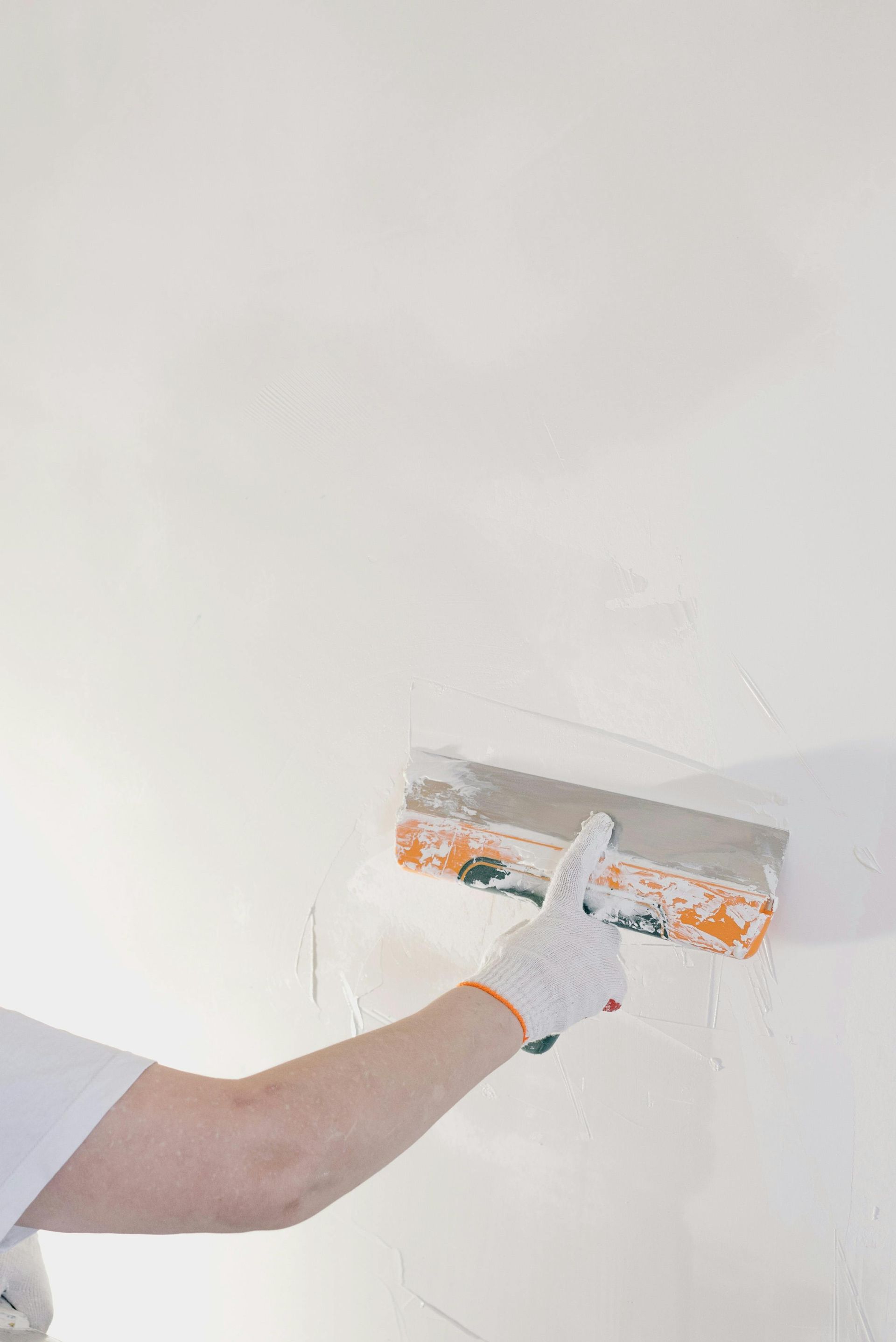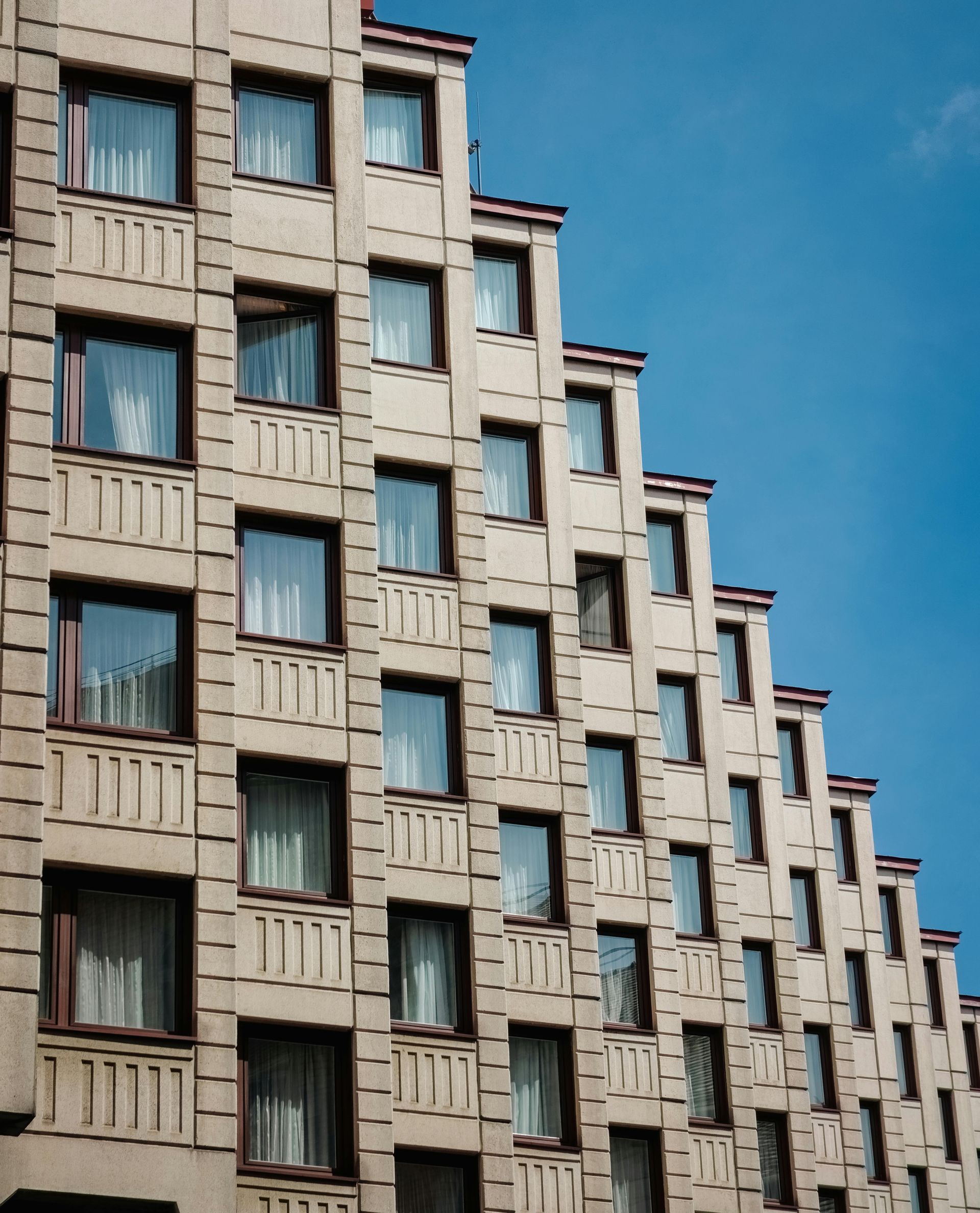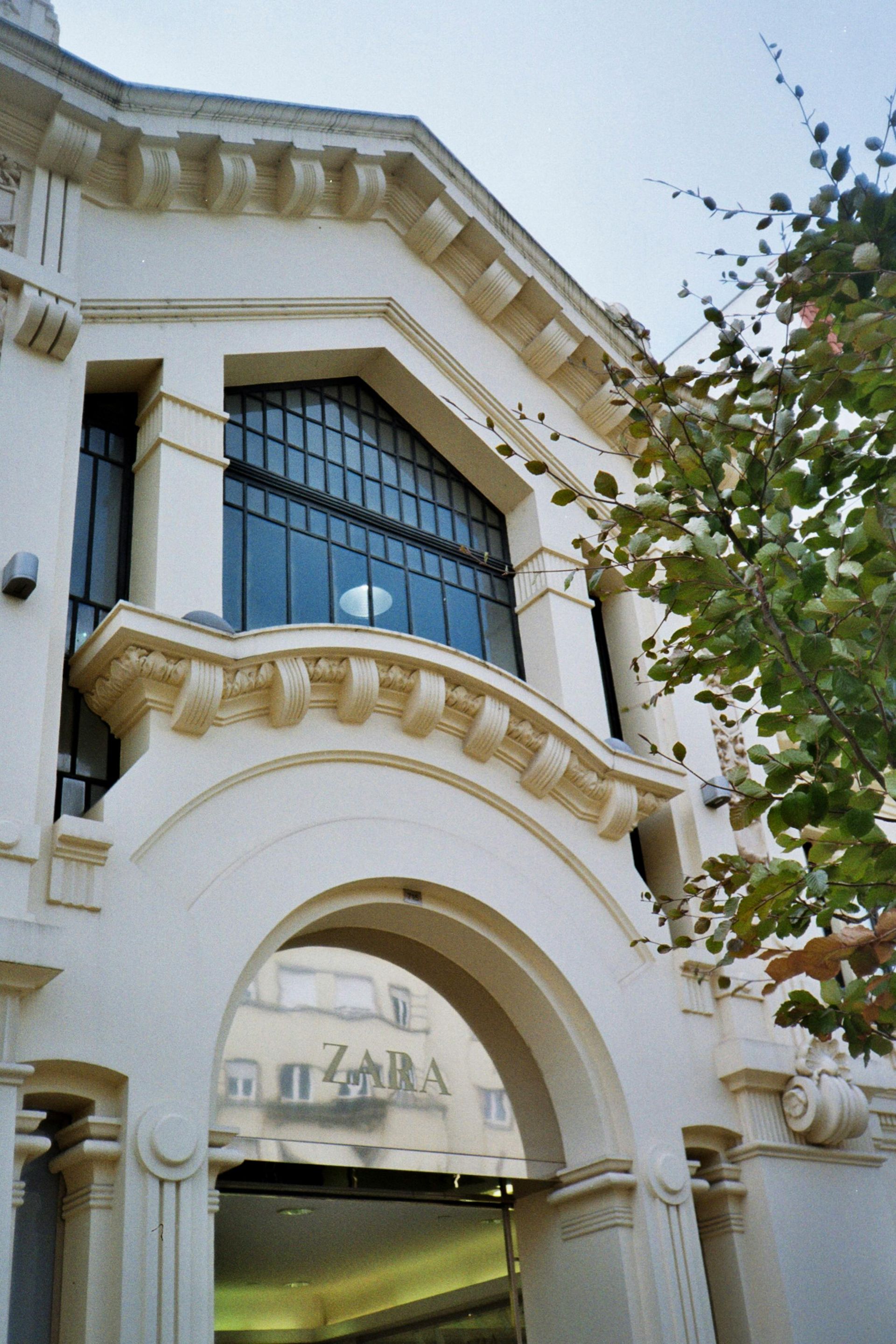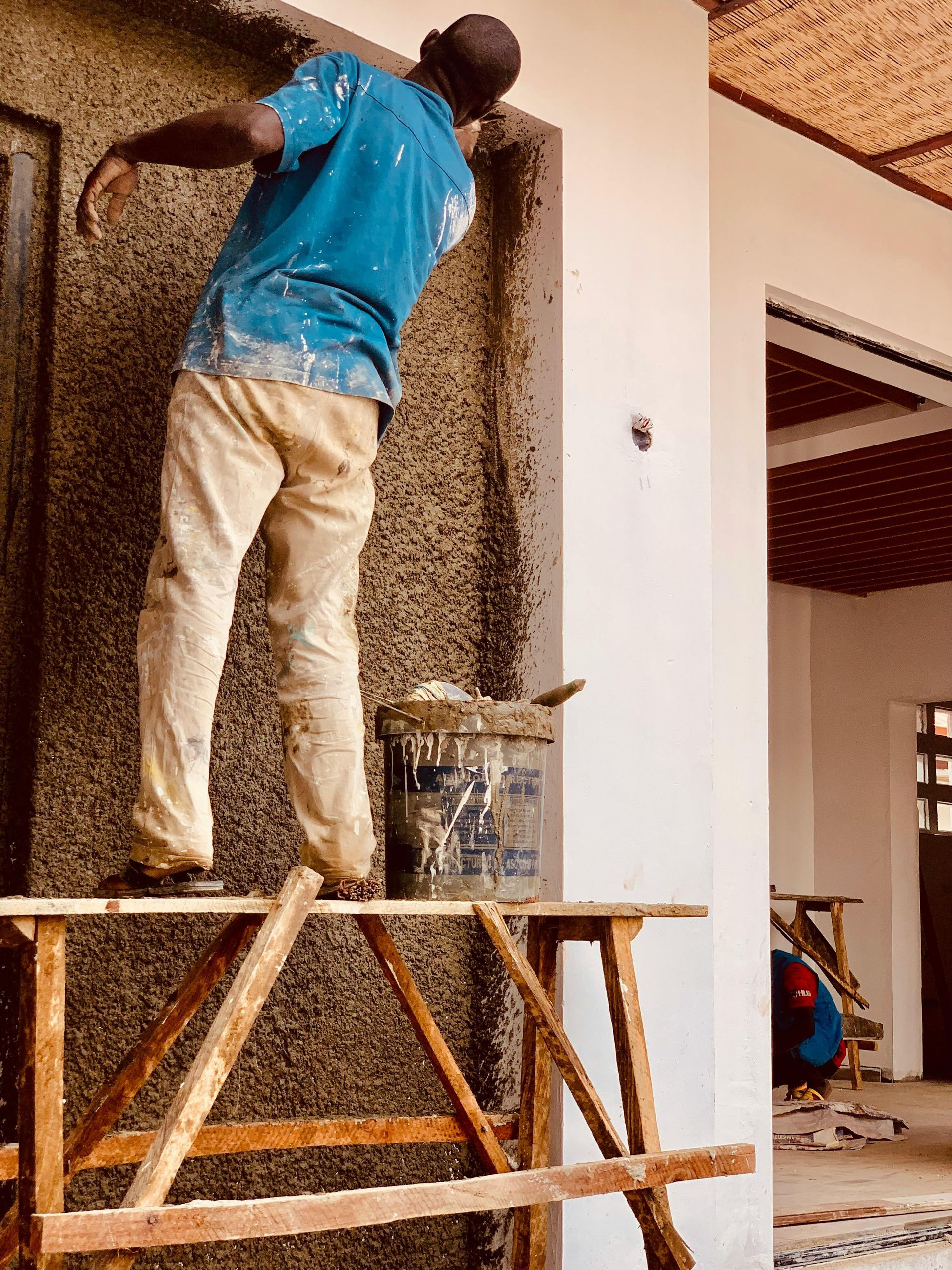Choosing Between Commercial and Residential Plaster? Read This First
Plaster may seem like a small detail in construction, but it plays a huge role in durability, design, and overall building performance. The problem? Many property owners assume plaster is all the same when in fact, commercial and residential plastering are two very different worlds.
If you’re in the Bay Area and planning a project whether it’s building a dream home in Los Gatos or upgrading a commercial property in San Francisco you need to understand these differences before making costly decisions.
This guide will walk you through everything you need to know about choosing between commercial and residential plaster so you can make the right call for your property.
1. What’s the Real Difference Between Commercial and Residential Plaster?
At first glance, plaster is plaster, it covers walls and ceilings, provides a smooth finish, and adds design flair. But the goals, application methods, and performance requirements are what set them apart.
- Residential Plaster: Focuses on aesthetics, comfort, and personalization. Think of unique textures, Venetian finishes, and handcrafted details that make a house feel like home.
- Commercial Plaster: Prioritizes strength, durability, and compliance. It’s built to last in high-traffic areas, meet strict safety codes, and present a professional look that aligns with the building’s brand identity.
2. Purpose & Design Goals
Residential Plaster
- Creates warmth and personality.
- Adds decorative elements (arches, niches, textured walls).
- Allows for more creative freedom since homeowners can experiment with colors, finishes, and textures.
Commercial Plaster
- Balances design with function and safety.
- Must withstand heavy foot traffic in spaces like hospitals, offices, hotels, and schools.
- Designs tend to lean neutral and consistent, appealing to a wide range of people.
Homes showcase individuality. Businesses showcase professionalism.
3. Application & Scale
Residential Projects
- Usually smaller in size (individual rooms or houses).
- Plasterers spend more time on custom, detailed finishes.
- Example: A Venetian plaster feature wall in a Palo Alto living room.
Commercial Projects
- Large-scale, often covering entire office towers or complexes.
- Requires teams of plasterers working with specialized equipment.
- Example: Smooth plaster finishes across dozens of hotel suites in San Francisco.
4. Durability & Maintenance
Residential Plaster
- Needs to withstand daily household wear and tear (kids, pets, cooking steam).
- Repairs are generally easier and localized.
- Durability is important, but homeowners often place beauty first.
Commercial Plaster
- Designed for long-term performance in high-traffic areas.
- Must resist scuffs, cracks, and environmental stress (humidity, cleaning chemicals).
- Prevents costly repairs that could interrupt business operations.
5. Compliance & Building Codes
This is where the gap widens dramatically.
- Residential plaster: Must meet basic building codes, but rules are less strict.
- Commercial plaster: Held to much higher standards fire resistance, acoustic performance, seismic safety (critical in the Bay Area), and ADA compliance.
Failing to meet these codes can result in delays, fines, or even liability issues.
6. Cost Considerations
Residential
- Higher cost per square foot due to customization and artisanal finishes.
- Homeowners often splurge on aesthetics like Venetian plaster or rustic textures.
Commercial
- Focus on cost-efficiency at scale.
- ROI-driven: choosing materials that last longer to avoid expensive repairs down the road.
7. Design Trends: What’s Popular Right Now?
Residential Plaster Trends
- Natural finishes like lime and clay plaster.
- Statement walls with Venetian plaster in bold colors.
- Textured ceilings making a comeback.
Commercial Plaster Trends
- Sleek, modern finishes in neutral palettes.
- Accent plaster textures in lobbies and conference rooms.
- Eco-friendly and sustainable materials to meet green building standards.
8. How to Choose the Right Plaster for Your Project
Ask yourself:
- What’s my priority? Aesthetic individuality (residential) or durability & compliance (commercial)?
- What’s my scale? A few rooms or an entire complex?
- What’s my budget? Can I invest in custom artistry, or do I need cost-efficient solutions?
- What’s the long-term use? Daily family life, or hundreds of employees and visitors?
If you’re unsure, the best move is to consult a professional plastering contractor who can walk you through the right materials and finishes for your project’s needs.
Real-World Bay Area Examples
- Residential: A Mountain View homeowner chooses Venetian plaster to create a luxurious accent wall in their master suite. It’s not the cheapest option, but it elevates the home’s design and resale value.
- Commercial: A San Jose office complex upgrades its common areas with durable plaster finishes. Neutral tones, strong enough to withstand daily cleaning, and compliant with fire safety standards.
Two different goals. Same material, different outcomes.
Final Thoughts
Plaster isn’t just plaster. The difference between commercial and residential applications comes down to:
- Design goals (individuality vs. professionalism)
- Scale of application (small vs. massive)
- Durability needs (household vs. heavy traffic)
- Compliance requirements (minimal vs. strict codes)
At Commercial Plastering Inc., we’ve seen firsthand how choosing the right plaster makes all the difference. Whether you’re renovating a Bay Area home or managing a large-scale commercial project, our team helps you find the balance between beauty, performance, and long-term value.
Ready to decide? Let’s talk about your project and explore the plastering options that fit your space, budget, and vision.
